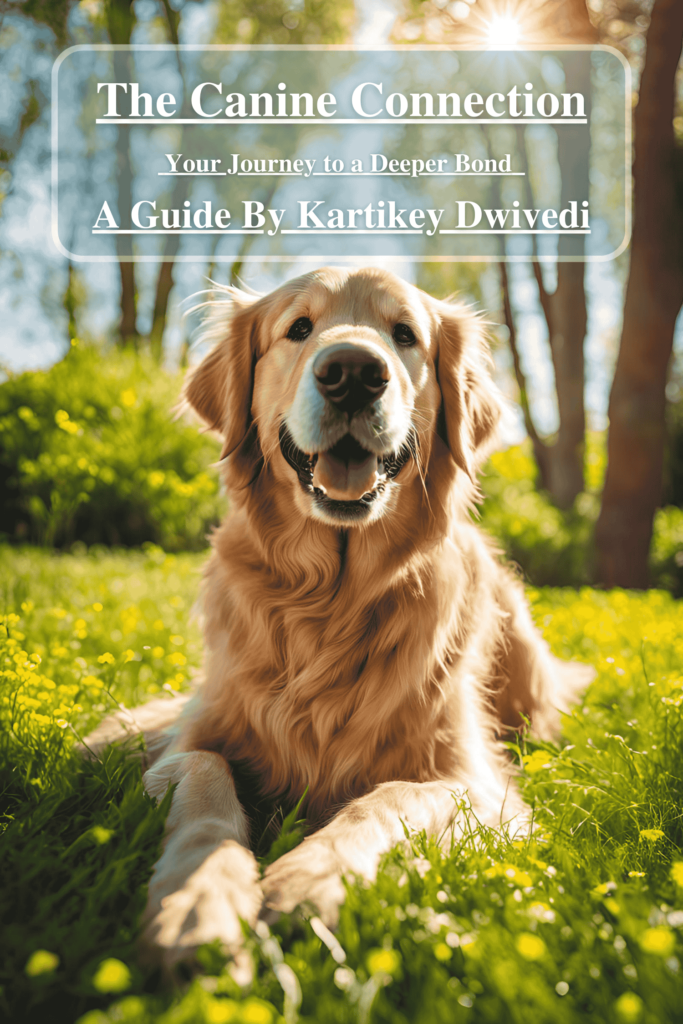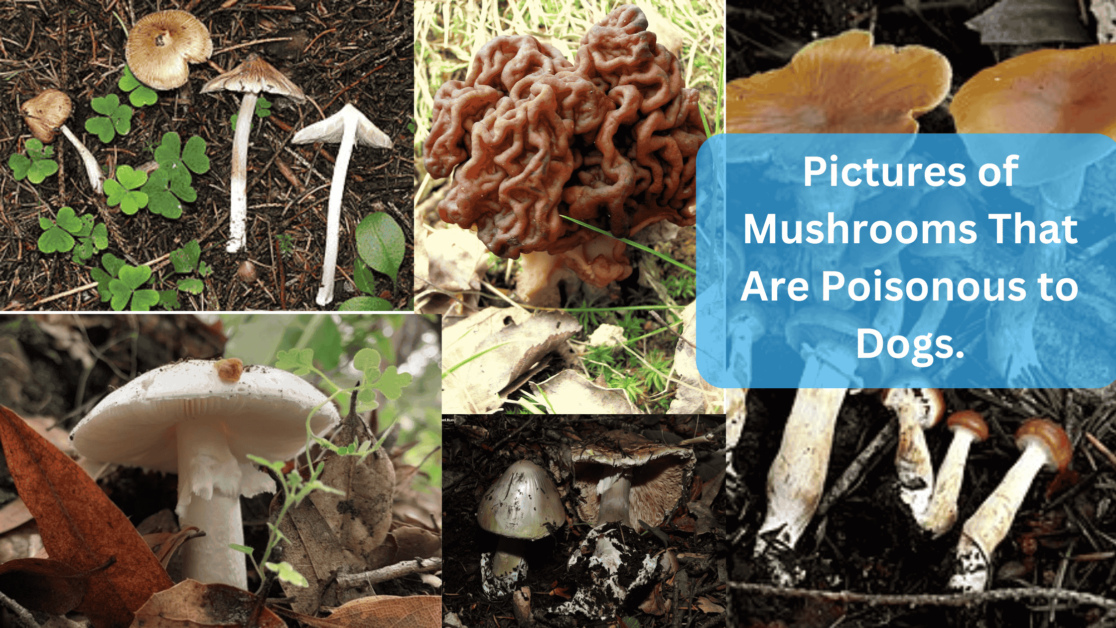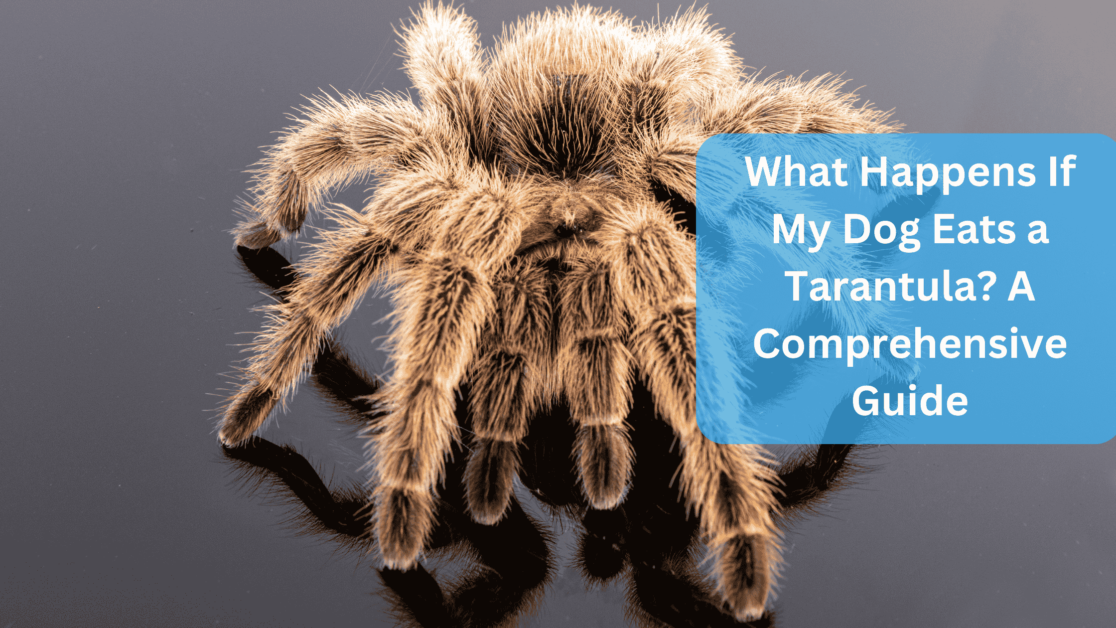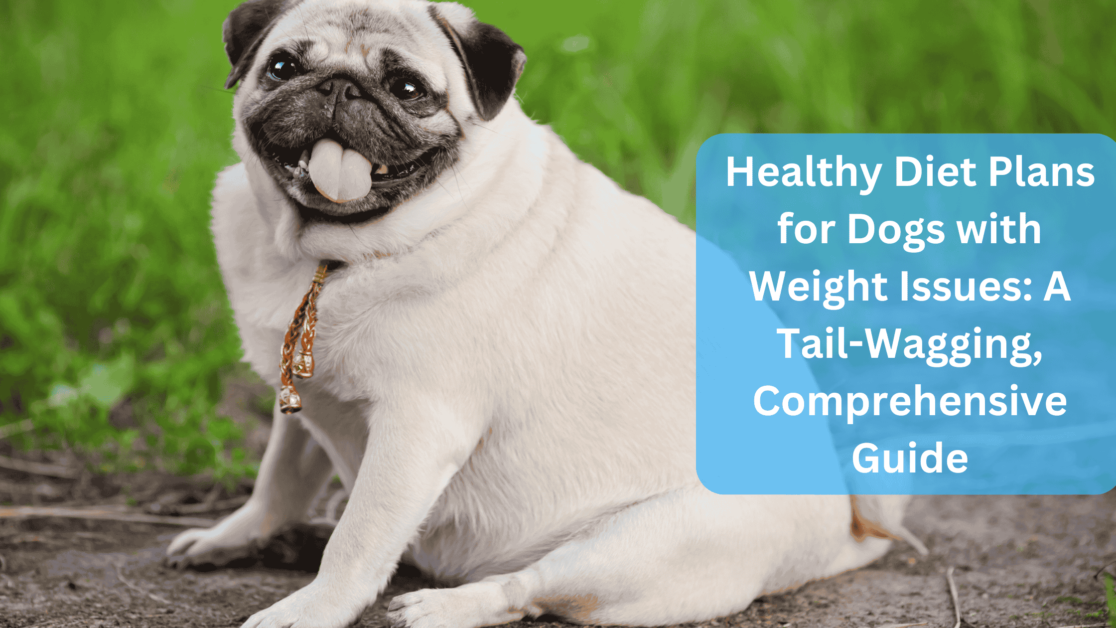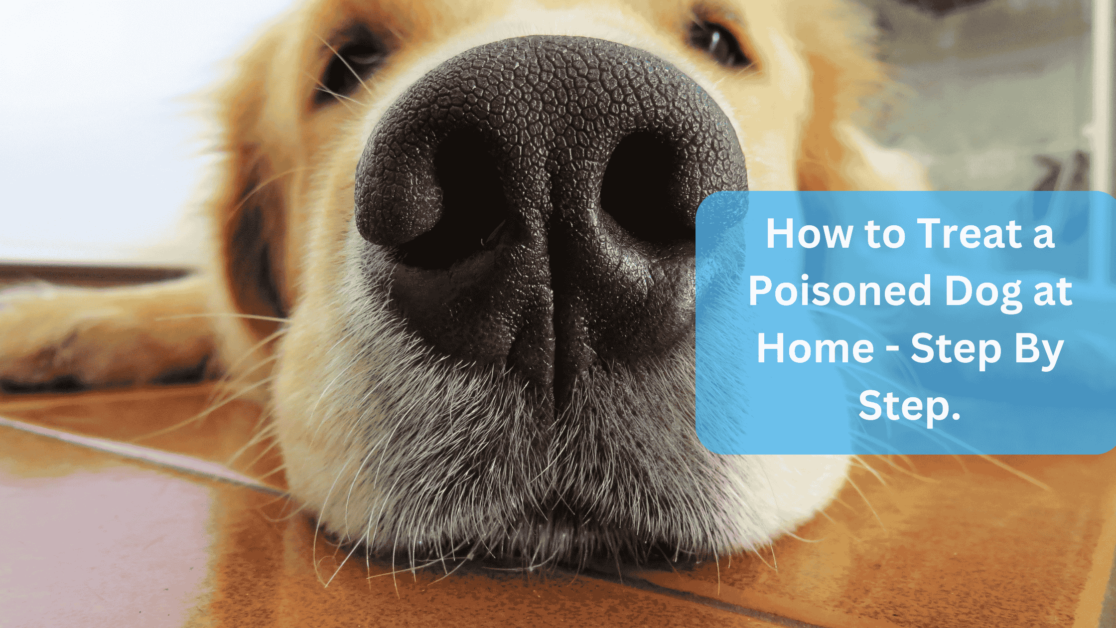How to Prevent IVDD in Dogs? Is your furry friend bouncing around like a pogo stick? 🐶💥 That’s great! But if your pup is a breed prone to Intervertebral Disc Disease (IVDD), a little caution can go a long way in keeping them happy and healthy.
In this guide, we’ll explore effective strategies to prevent IVDD in dogs, supported by statistics, expert advice, and actionable tips that’ll have you barking up the right tree.
What is IVDD and Why Should You Care?
Intervertebral Disc Disease (IVDD) occurs when the discs between the vertebrae of the spine degenerate or herniate, causing pain, nerve damage, and even paralysis.
Certain breeds, particularly Dachshunds, Beagles, and Cocker Spaniels, are more prone to this condition.
In fact, studies show that nearly 25% of Dachshunds will experience some form of IVDD in their lifetime.
Knowing how to prevent IVDD can save your pup from unnecessary suffering and expensive veterinary bills.
Identifying Risk Factors: Is Your Dog at Risk?
Before diving into prevention strategies, it’s essential to know if your dog is at risk. Here are key factors to consider:
- Breed: Certain breeds, especially those with long backs and short legs, are more susceptible.
- Weight: Overweight dogs are at a 30% higher risk for spinal problems.
- Age: Older dogs (typically over 5 years) tend to experience disc degeneration.
- Activity Level: Dogs that lead a sedentary lifestyle may be more vulnerable.
How to Prevent IVDD in Dogs – Lifestyle Changes: Keeping Your Pup Healthy and Happy
1. Maintain a Healthy Weight
Keeping your dog at a healthy weight is crucial in preventing IVDD. Extra pounds can put additional strain on your dog’s spine. Studies indicate that weight management can decrease the risk of IVDD by up to 15%. A balanced diet and regular exercise will help keep them fit and prevent obesity-related issues.
- Tip: Consult with your vet for specific dietary recommendations and exercise routines tailored to your dog’s breed and age.
2. Safe Exercise Practices
Exercise is vital, but it should be done safely. Here’s how to keep your dog moving without risking injury:
- Avoid High-Impact Activities: Jumping from heights (think furniture) can stress your dog’s back. Use ramps for easier access to your car or bed.
- Schedule Regular Walks: Keep walks consistent but moderate. Aim for at least 30 minutes of walking daily to strengthen muscles without overexertion.
- Play it Safe: Engage in low-impact games. For example, fetch on soft ground, avoiding hard surfaces to minimize impact. Consider activities like swimming or structured playdates, which allow for gentle, supervised interaction.
3. Provide a Comfortable Living Space
Create a comfortable environment to support your dog’s spine health:
- Ergonomic Bedding: Invest in a supportive dog bed to help alleviate pressure on joints and spines. Look for beds with orthopedic memory foam.
- Limit Stairs: If possible, reduce your dog’s need to climb stairs; use baby gates to limit access to upper levels. This can greatly reduce the risk of injury.
Nutritional Guidance: Feed for Spinal Health
Diet plays a significant role in your dog’s overall health, including spinal health. Including certain nutrients can support their bones and joints:
- Omega-3 Fatty Acids: Found in fish oil, these can reduce inflammation and support joint health.
- Glucosamine and Chondroitin: These supplements are often recommended to promote cartilage health and cushioning in joints; however, always consult your vet before starting any new supplements.
- Antioxidant-Rich Foods: Incorporating fruits and vegetables like blueberries and carrots can help combat oxidative stress on the spine.
Regular Vet Check-Ups: The Power of Prevention
Routine veterinary visits are essential for catching potential issues early. Regular check-ups allow your vet to monitor your dog’s spine health and adjust their care as needed.
According to experts, early detection and treatment are crucial and can improve outcomes significantly.
Vaccinations, check-ups, and weight management consultations can help you stay ahead of potential problems.
Educating Yourself: Understanding the Signs of IVDD
Being aware of the signs of IVDD can help you act quickly if needed:
- Signs of Pain: Watch for whining, reluctance to move, or changes in behavior.
- Mobility Issues: Difficulty walking or standing could indicate a problem.
- Posture Changes: Hunched back or dragging legs can be a sign of spinal distress.
What to Do If You Suspect IVDD?
If your dog exhibits any of these symptoms, it’s vital to consult your vet immediately. According to Dr. Jessica McClure, a veterinary neurologist, “Early intervention can be critical in preventing further damage and ensuring the best possible outcome.” Quick action can make all the difference in your pet’s health.
Frequently Asked Questions
How can I help my dog recover from IVDD?
If your dog has already been diagnosed with IVDD, follow your veterinarian’s guidelines for recovery. This may include rest, pain management, physical therapy, and possibly surgical options.
Are certain activities more likely to cause IVDD?
Yes! Activities that involve sudden or intense bursts of movement, jumping, or rough play can exacerbate the risk of IVDD. Opt for more controlled and gentle forms of exercise.
Can supplements help prevent IVDD?
Certain nutritional supplements, like glucosamine and omega-3 fatty acids, may support joint health and mobility. Always discuss with your vet before starting any new supplements.
Also Read: Can Dogs See in the Dark? The Ultimate Guide
Also Read: How to Potty Train a Puppy in an Apartment? Best Guide
Conclusion: Keep Tails Wagging!
Preventing IVDD in dogs is all about proactive care, regular vet visits, and maintaining a healthy lifestyle.
While you can’t control every risk factor, you can arm yourself with knowledge and take steps to protect your furry friend.
Remember, a little prevention goes a long way, and your pup will thank you with a wagging tail and happy barks! 🐕❤️
If you found this guide helpful, don’t forget to share it with fellow dog lovers. Together, we can help keep our canine companions safe and sound!
Sources:
- A Stakeholder-Engaged Approach to Development of an Animal-Assisted Intervention for Obesity Prevention Among Youth With Autism Spectrum Disorder and Their Pet Dogs – This article discusses the importance of physical activity and wellness among dogs, which can relate to maintaining a healthy weight to prevent IVDD.
- Early Evaluation of Fearfulness in Future Guide Dogs for Blind People – While this study focuses on guide dogs, understanding behavioral issues can help in training and managing dogs to prevent injuries.
- Infestation patterns of Ixodes scapularis and Dermacentor variabilis on dogs and cats across Canada – This research emphasizes the importance of regular health checks, which can play a role in overall dog health and prevention strategies.
- CARBOHYDRATE CONTENT ASSESSMENT IN DIFFERENT COMMERCIAL DOGS DIETS – Discusses the impact of diet on dog health, which is crucial for preventing obesity-related conditions like IVDD.
- New insights into the etiology, risk factors, and pathogenesis of pancreatitis in dogs: Potential impacts on clinical practice – Offers insights into various health risks in dogs, which can be useful for understanding overall canine health management.
- Noise-related fear in dogs – Understanding behavioral issues like fear can aid in training practices that help prevent injuries.
- Incidence and Hematological Changes in Dogs Infected with Dirofilaria immitis in Thailand – While focused on heartworm disease, this study highlights the need for regular veterinary care which is essential for IVDD prevention.
- A novel loop-mediated isothermal amplification-lateral-flow-dipstick (LAMP-LFD) device for rapid detection of Toxoplasma gondii in the blood of stray cats and dogs – This article discusses diagnostic methods that can improve overall health monitoring in pets.


